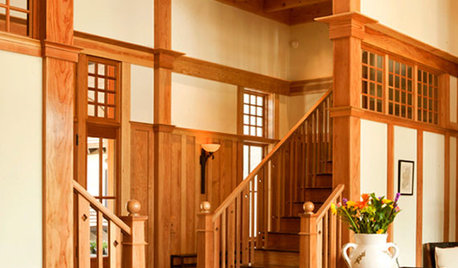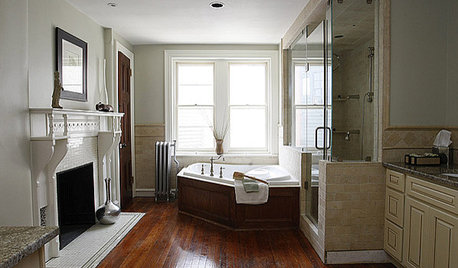So confused re. rootstocks
bluegirl_gw
11 years ago
Related Stories

GREEN BUILDINGLet’s Clear Up Some Confusion About Solar Panels
Different panel types do different things. If you want solar energy for your home, get the basics here first
Full Story
DECORATING GUIDESSo Your Style Is: Contemporary
What's contemporary style? Strong lines, smooth forms, minimal accessories — with room for rule breaking
Full Story
DECORATING STYLESSo Your Style Is: Swedish
Fresh faced and cheerful, Swedish style marries casualness and elegance with ease. Could its lighter look uplift your home?
Full Story
DECORATING GUIDESSo Your Style Is: Eclectic
This playful, personal home design style shakes up conventions and bridges the gap between other looks. Here's how to master the mix
Full Story
DECORATING GUIDESSo Your Style Is: Arts and Crafts
With a dual focus on nature and craftsmanship, Arts and Crafts home interiors have a wholesome, organic appeal
Full Story
MOST POPULARSo You Say: 30 Design Mistakes You Should Never Make
Drop the paint can, step away from the brick and read this remodeling advice from people who’ve been there
Full Story
TILESo Many Reasons to Love Cement Tiles
You’ll notice their beautiful patterns right away, but cement tiles have less obvious advantages too
Full Story
DECORATING GUIDESSo Your Style Is: Hollywood Regency
True to its Tinseltown roots, Hollywood Regency style is theatrical, elegant and ready for its close-up
Full Story
REMODELING GUIDES10 Signs You’re in the Middle of a Renovation
A renovation project allows you to choose every last detail for your home, but decision making can quickly go from ‘Ooooh’ to ‘Argh!’
Full Story








User
roseseek
Related Professionals
Middle River Landscape Architects & Landscape Designers · Woodinville Landscape Architects & Landscape Designers · Hartford Landscape Contractors · Norwood Landscape Contractors · Aloha Landscape Contractors · Camp Verde Landscape Contractors · Clearlake Landscape Contractors · Florham Park Landscape Contractors · Hoffman Estates Landscape Contractors · Kerman Landscape Contractors · Lancaster Landscape Contractors · Long Branch Landscape Contractors · Maywood Landscape Contractors · Overland Park Landscape Contractors · Pomona Landscape Contractorsmichaelg
bluegirl_gwOriginal Author